A young Kenyan protester is seeking help to identify the officer who allegedly shot and beat him during the 2024 Parliament protests. This plea comes months after the violent demonstrations that rocked the country on June 25, 2024. That day marked a turning point when protesters, mostly youth, stormed Parliament in Nairobi in response to the proposed Finance Bill 2024, which had introduced steep tax increases on essential items like cooking oil and mobile money transactions.
What started as a peaceful demonstration quickly turned into chaos, with police and even military forces engaging demonstrators using live ammunition and tear gas. Reports confirm that at least 19 people died, and dozens were injured in what has been described as one of Kenya’s darkest protest days in recent history.
Among those injured was a young man who later shared his story online. He says he was shot in the right buttock with a handgun and beaten with a club while trying to escape the violence.
A photo from the hospital shows him with a bandage on his head, and doctors have confirmed the gunshot wound. Hoping to find justice, he posted images on X showing a man dressed in a black suit holding what appears to be a handgun.
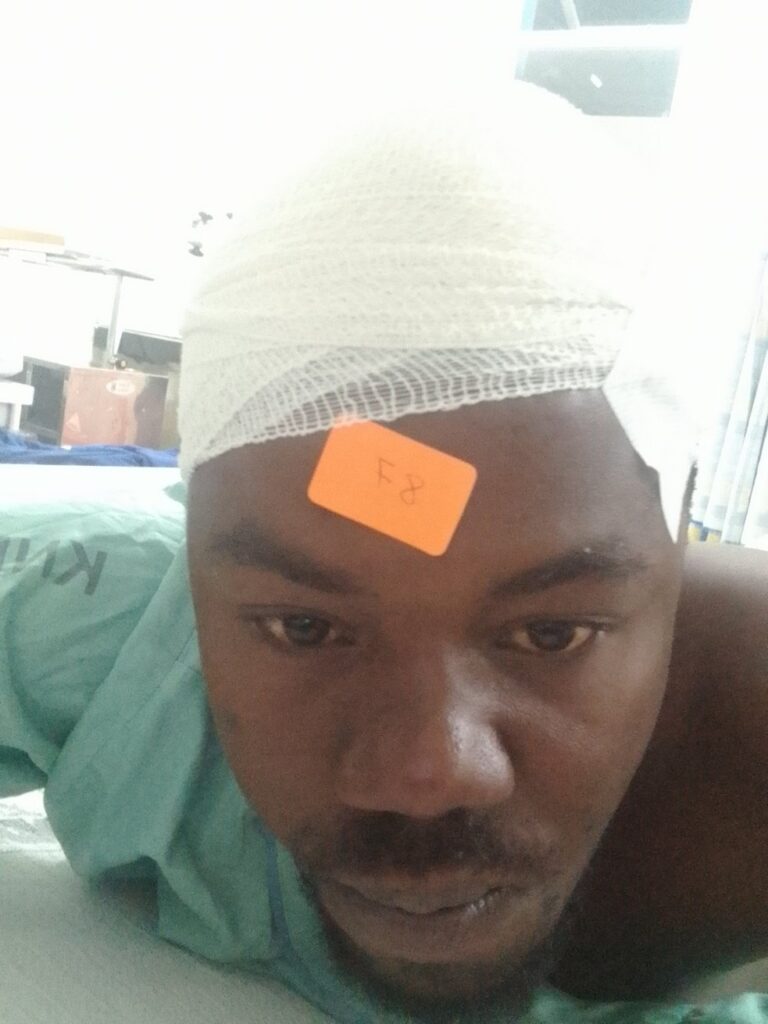
The protester believes this is the man who shot him and is now asking Kenyans to help identify the individual. His plea was shared by Cyprian Nyakundi and has since sparked mixed reactions online. Some users have sent messages of support and wished him a quick recovery, while others have cast doubt, calling it a distraction or questioning how one can identify someone in such a chaotic environment.
The protester’s story has gained renewed attention following a BBC investigation that revealed how both police and Kenya Defence Forces were involved in the violence. This report adds weight to claims that the state used excessive force during the protests, leading to injuries and deaths. Human rights groups have raised concerns about the lack of accountability, with Amnesty International and others calling for independent investigations into the events of that day.
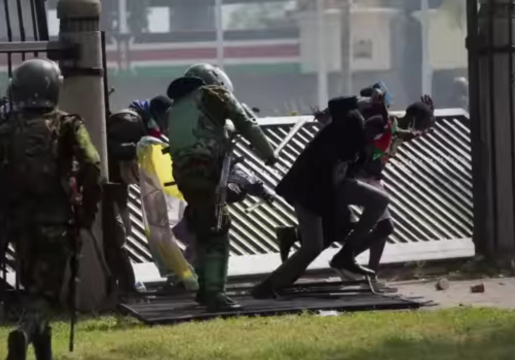
The use of live ammunition, abductions, and threats to journalists were also reported, painting a grim picture of how authorities responded to public dissent.What makes the protester’s case even more difficult is the challenge of identifying the shooter.
During protests of that scale, with so many people dressed similarly and chaos all around, picking out one officer is a nearly impossible task. Most police and military personnel had no visible name tags or identification, making it hard to trace anyone even with video or photo evidence.
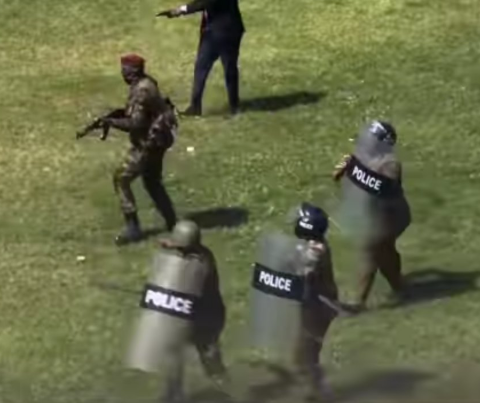
Still, the young man is not giving up. His decision to come forward, share his injuries, and call for justice reflects the pain many young Kenyans continue to feel.
They see this not just as a personal injury but as part of a wider problem of unchecked police brutality and state violence against citizens. This protester’s experience represents just one of many similar stories from that day. Many others were injured, arrested, or disappeared.
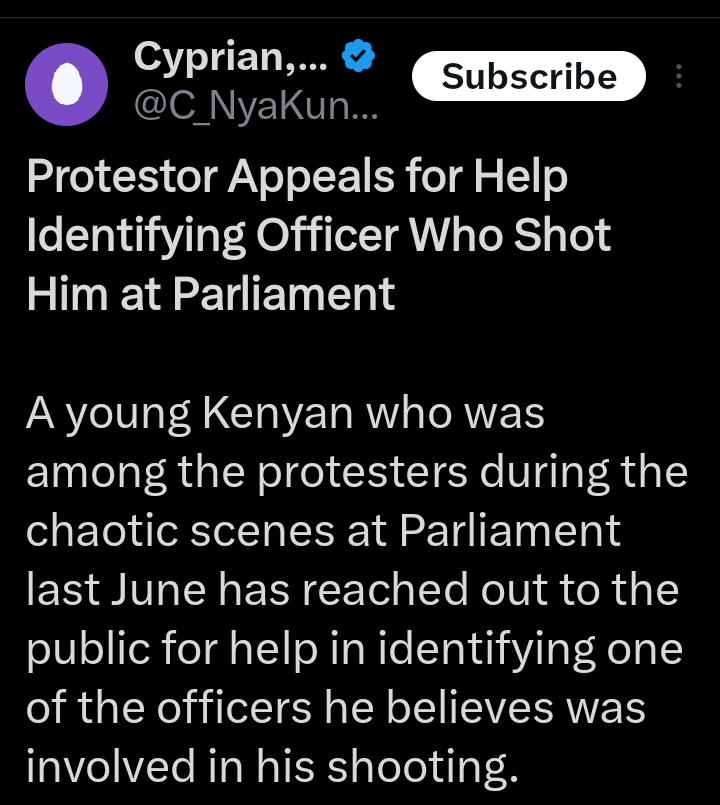
Even though President William Ruto later withdrew the Finance Bill following public pressure, the damage had already been done. The physical wounds may heal, but the emotional and psychological trauma will take much longer to fade.
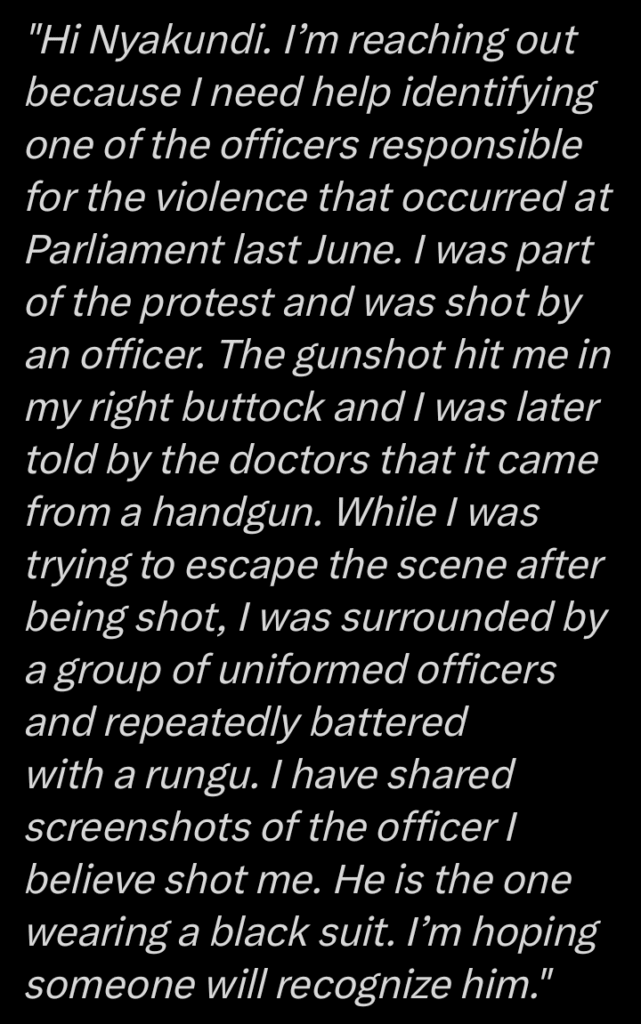
Kenyans are still waiting for answers, for justice, and for change in how the government and security forces treat protests and dissent. In the end, this young protester’s appeal is not just about naming the man who shot him. It’s about shining a light on the issue of accountability. It’s about asking, as many Kenyans are, whether anyone will ever be held responsible for what happened that day.
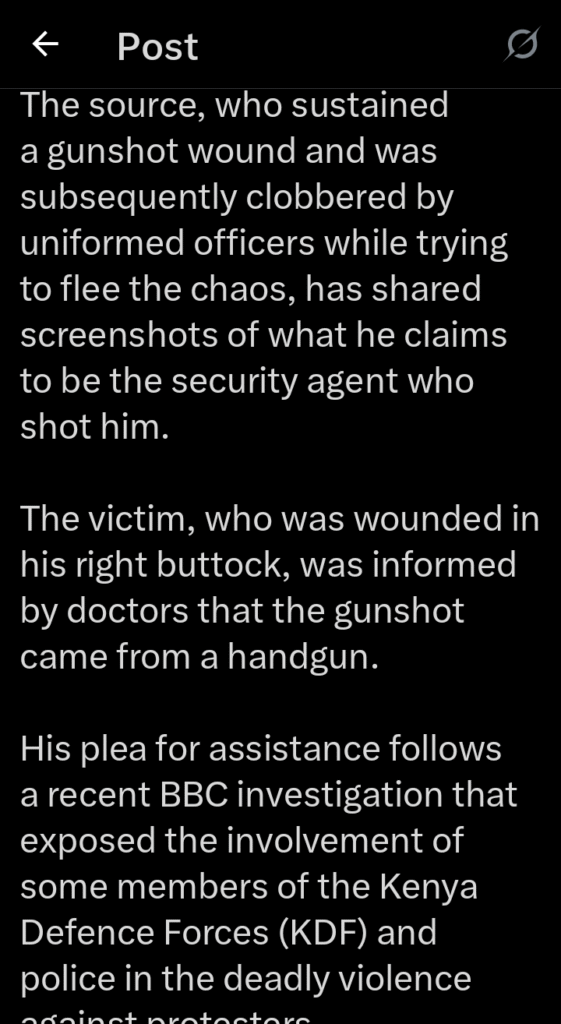
His story continues to gain attention and may become a key symbol of resistance and the long fight for justice in Kenya. Whether or not the shooter is ever identified, his voice joins a growing call for reform, transparency, and respect for human rights.

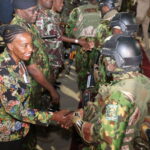
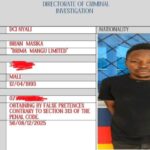
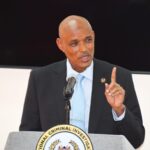


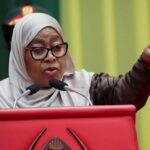
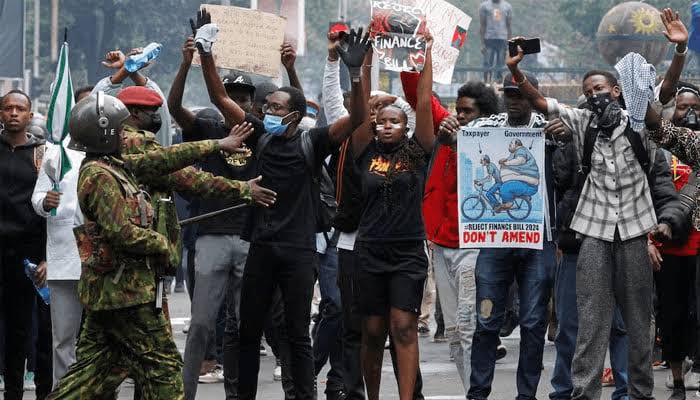
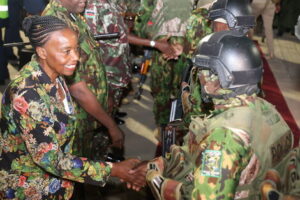
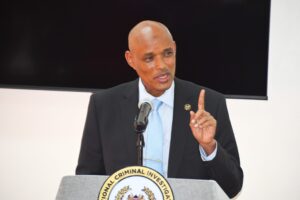
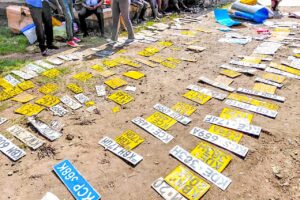
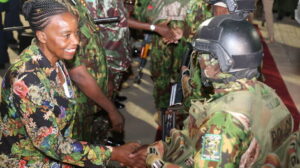



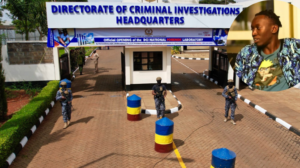




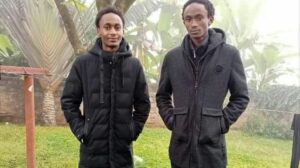
Add Comment